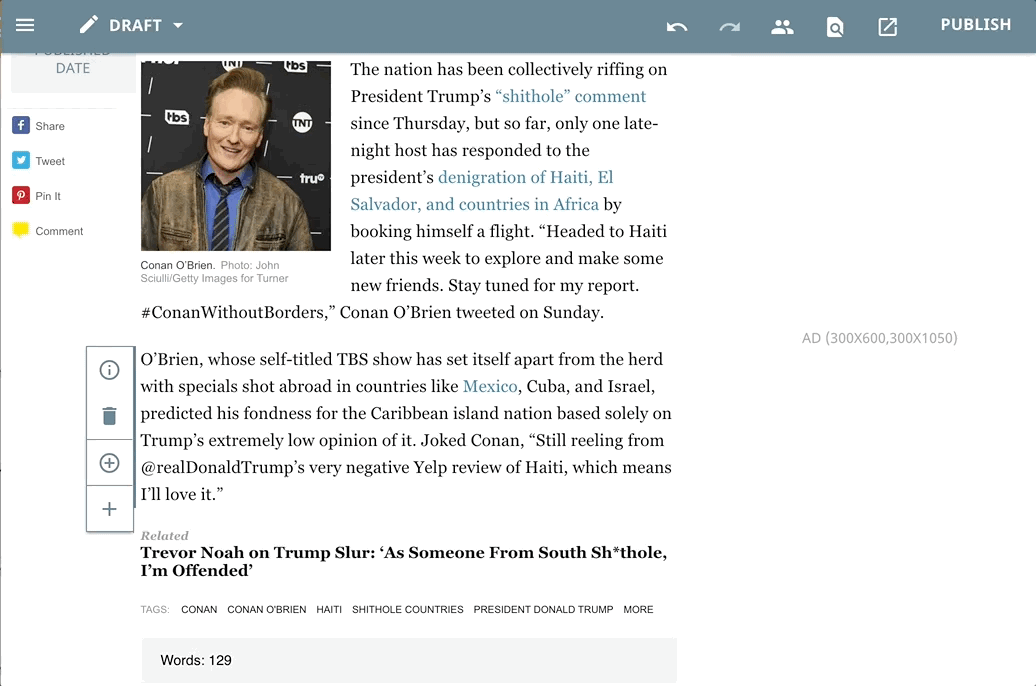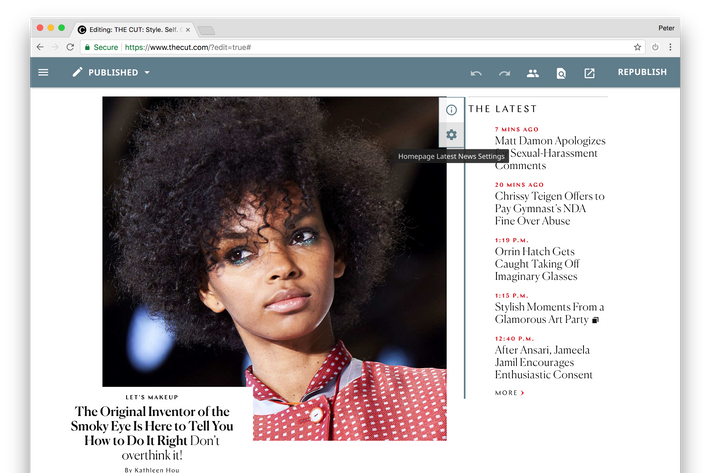Spend your time growing your audience and your business, not fighting with your CMS. From articles to marketing pages, Clay’s simple, fun, and dependable content-creation platform enables you to do just that.
Clay is being developed by teams at New York Magazine that are intimately familiar with the challenges that modern publishers face supporting multiple distribution and monetization strategies. It empowers teams to carry out their content strategy, freeing you up to focus on your next big thing.














